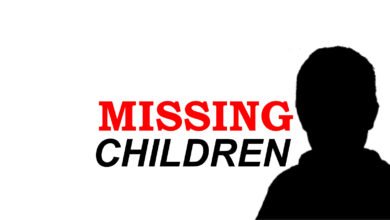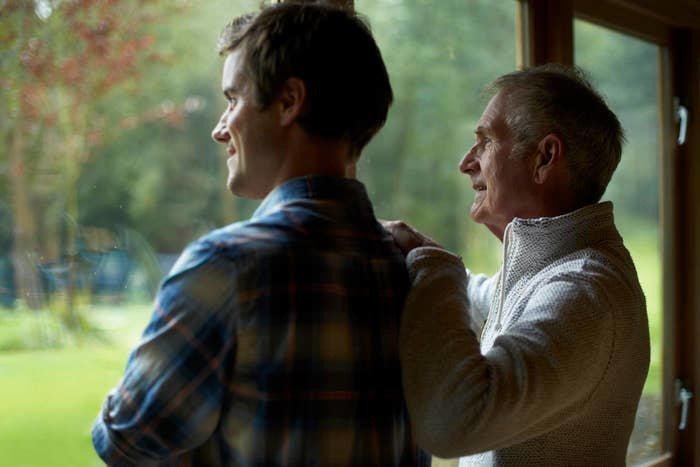6 Early Autism Intervention Activities for Babies

Source: https://www.parents.com/
Early intervention is crucial for improving outcomes for autistic children, though autism spectrum disorder (ASD) is often diagnosed later and has no known causes or cures. The American Academy of Pediatrics recommends autism screening at 18 and 24 months, in addition to general developmental screenings starting at 9 months. If you suspect signs of autism in your child, early intervention activities can support their development, benefiting all babies regardless of an ASD diagnosis. Early action can help minimize complications and support your child’s growth.
Why Early Autism Intervention Matters
The average age of an autism spectrum disorder (ASD) diagnosis is 4.5 years, often after significant developmental challenges in communication and social skills have appeared. Early signs of ASD, such as a lack of gesturing, imitation, or eye contact, can be subtle and easily overlooked by parents. To promote early intervention, research is focusing on interactions with babies as young as 9 to 12 months, as the brain’s pathways can still be shaped during infancy. Engaging with babies through play can help establish better brain pathways, potentially reducing the development of atypical behaviors and supporting social and language skills.
The Power of Play in Early Autism Intervention
A small study by Dr. Landa found that babies whose parents used at-home interventions before age 1 had milder autism symptoms by age 3.5. Play-based early intervention methods are neurologically beneficial for all babies, improving language, social skills, and parent-child bonding. Babies with autism may be less likely to initiate play and may seem content alone, so it’s important for parents to actively engage them in play, even if the child shows little initial interest. Children with autism may also be less inclined to imitate others, which is a key part of typical development.
Early Autism Intervention Activities You Can Do at Home
Imitate: Imitating your baby’s actions, like shaking a rattle or cooing back when they do, is a key way babies learn about the social world. Dr. Geraldine Dawson explains that imitation helps activate brain circuits that are essential for learning. In children with autism, these circuits may not function normally, so mirroring your baby can help them connect their actions to yours, stimulating important neural pathways.
Show excitement: When playing with a toy, such as a pop-up toy, showing excitement and making eye contact with your child helps them understand their environment and encourages joint attention skills—where the child directs your focus to something. While most babies develop joint attention by age 1, it may be less natural for babies with autism. Pointing to what they’re playing with and expressing enthusiasm helps them feel understood and encourages shared enjoyment.
Follow your baby’s lead: Instead of sticking to traditional play ideas, observe what makes your baby happy and engage them with that. Dr. Dawson advises letting the baby show interest in items like a coaster or paper towel roll, and joining them in exploring it. For babies potentially developing autism, entering their world and making play enjoyable by following their lead helps ensure they have fun and stay engaged.
Break out in song: Children later diagnosed with autism may have different language skills, but you can help develop them through song. Dr. Shulman suggests using songs with gestures during routine activities, like singing “Head, Shoulders, Knees, and Toes” during a diaper change or making up songs about veggies at mealtime. The melody and accompanying gestures make it easier for babies to engage and learn language.
Take turns: Encourage collaborative interactions and taking turns to help babies understand communication, which is often a challenge for children with autism. Dr. Shulman suggests activities like peekaboo, rolling a ball, or clapping hands to introduce the concept of back-and-forth exchanges. These simple games can help babies grasp the idea of initiating communication, even if they’re not yet having full conversations.
Grab the spotlight: To help a baby with autism focus on people rather than objects, Dr. Korb suggests making yourself the center of attention by being engaging, such as doing a funny dance or speaking with enthusiasm. Additionally, Dr. Dawson recommends positioning yourself directly in your baby’s line of sight while feeding or reading to them. This helps them associate enjoyable activities with looking at your face, reinforcing the importance of social interaction.
In conclusion, while autism cannot be prevented due to uncertain causes, research suggests that playtime can help reduce some symptoms. Simple activities like rolling a ball or playing peekaboo can make a positive impact, and play is beneficial for all babies’ brain development.
Read More: https://childreninfobank.com/safebank/6-early-autism-intervention-activities-for-babies/
Image Source: https://www.parents.com/




